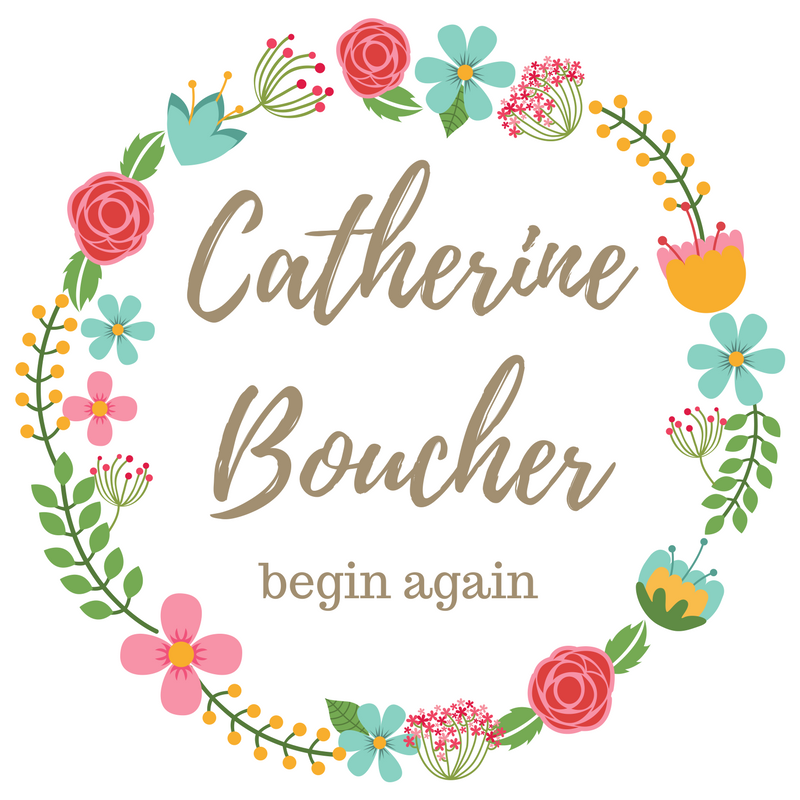I made a yummy butternut squash lasagna recipe last night for dinner. It required 3 cups of diced, peeled butternut squash. I spent a fair amount of time peeling and dicing them.
When I was done, I noticed a film on my left hand, the hand that was holding the squash. It started to turn red and the skin felt constricted. I ran it under water thinking that the film would wash off. I’ve always struggled with eczema and extremely sensitive skin so I wasn’t alarmed–until the skin on my left hand started to peel away and flake. It was as if I had done a chemical peel on my hand!
I had never cooked with butternut squash before, so I just assumed that its tough texture (very similar to a sweet potato) was typical. Apparently butternut squash fight back when they’re not quite ripe.
When an animal tries to eat the squash before it is ripe, it releases a liquid that seals off the exposed area. The liquid dries to create a kind of scab. This scab protects the squash and allows it to continue to ripen without spoilage. Unfortunately, this same liquid which protects the squash absolutely destroys human hands when we cut them before they’re ripe!
Here are a few pictures of my hands from last night. I must warn you that they’re pretty gross!
 |
| Comparing my left and right hands. Parts of my right hand got the liquid on it, but my left hand must have gotten covered. |
To avoid this same fate again, I wanted to learn how I can tell when I butternut squash is ripe. According to the National Vegetable Society in the UK, “You can tell when the fruit is ripe by the texture of the skin. It becomes very firm, golden in colour and will easily resist the pressure of your thumb nail. Also, like a melon, it “rings” when given a good rap.” Real Simple says, “Pick a squash that is rock solid and heavy for its size. Its skin should be matte; a shiny finish is a sign that the squash wasn’t ripe when it was picked.”
No more unripe butternut squash will be peeled in this house if my hands can help it!






I had this same strange experience. Skin got orange, tightened and after I had eater the steamed squash, (which was quite good) that night I was awakened from a sound sleep with nausea and had to “throw up”….Now I have so many questions about this experience.
For one, I saved the seeds from last years crop of butternut squash. In Feb. I sprouted them and planted them in May. But to my amazement the 13 squash that I have are bright orange, do not look like butternut squash, but like small pumpkins, round at the bottom and narrow at the top. What on earth happened? Have any ideas?
Butternut squash, I believe, are a hybrid. They are in the pumpkin family. When you save the seeds there is a chance you will get pumpkins. We have had volunteer butternut squash come up in the compost pile. One year we got pumpkins, a couple years we got squash.
I have heard when you plant seeds from a hybrid you never know what you are going to end up with.